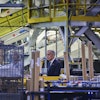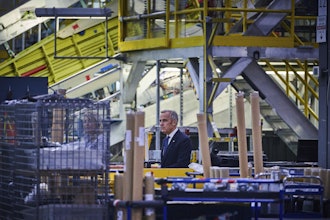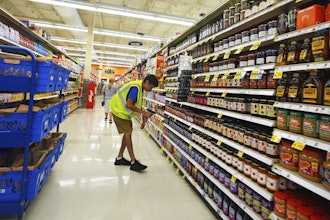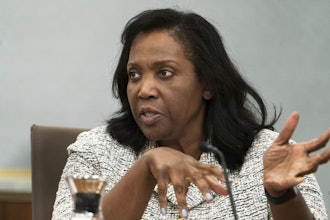U.S. consumer prices increased a slight 0.1 percent in May, as inflation was tempered by lower costs for gasoline, electricity and used cars.
The Labor Department said Wednesday that the consumer price index rose 1.8 percent during the past year. Excluding the volatile food and energy categories, core prices rose 0.1 percent in May and 2 percent from a year ago.
Inflation has been consistently muted, slightly below or near the Federal Reserve's target of 2 percent even though the economy is poised in July to set the record for the longest expansion in U.S. history.
Falling unemployment rates and a pick-up in wages have done little to push prices higher. Adjusted for inflation, average hourly earnings have climbed 1.3 percent in the past year. That same annual figure was up just 0.2 percent in May 2018.
The Fed faces pressure to cut a key short-term rate as there are signs of slowing economic growth. The benefits of the 2017 tax cuts have waned and President Donald Trump's tariff threats with China and Mexico have roiled financial markets. A majority of investors expect a rate cut at the Fed's July meeting, according to the CME Group.
Fed Chair Jerome Powell has previously suggested — based on a separate measure known as personal consumption expenditures — that the low inflation is temporary. But the May consumer prices report does raise questions about how persistent soft inflation might be.
"The weakness in inflation is starting to look less transitory," said Leslie Preston, a senior economist at TD Bank. "While core CPI inflation is still at 2.0 percent, the Fed's preferred measure has typically been a few ticks lower, and today's report does not bode well for an uptick in inflation there.
Food prices rose 0.3 percent in May after having dipped in April. Non-alcoholic beverages increased 1.2 percent last month.
Gasoline slipped 0.5 percent in May after seasonal adjustments. Electricity prices were down 0.8 percent.
Shelter prices—the largest component of the index—increased 0.2 percent in May, after notching gains of 0.4 percent in the previous two months.
Medical care expenses rose 0.3 percent in May, matching the increases in April and March.
The index for used cars and trucks slumped 1.4 percent in May, the fourth straight decline.






















